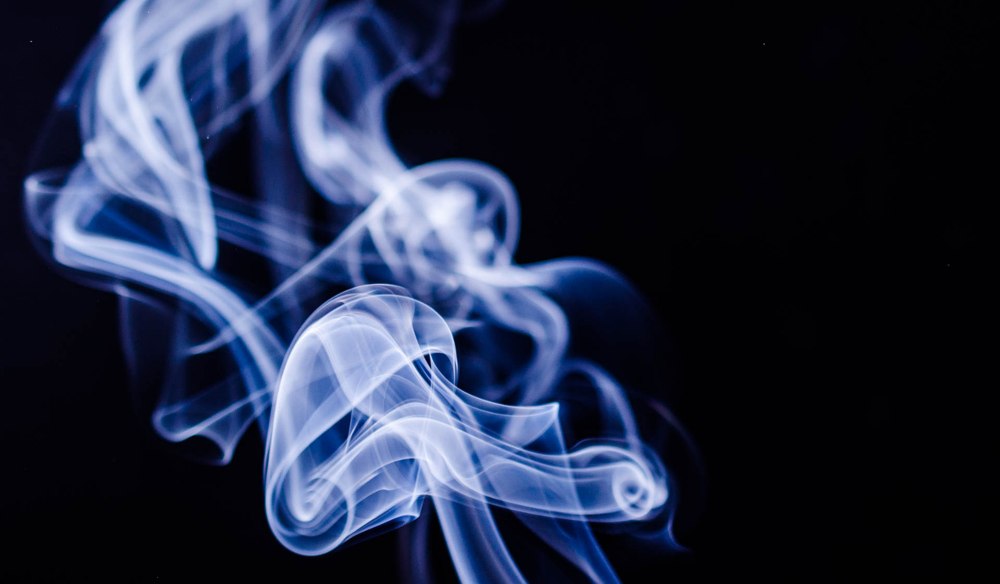A recent research paper from the School of Public Health at University of California at Berkeley looked at the health hazards of secondhand smoke from marijuana bong smoking. Specifically, it looked at the level of fine-particulate matter, often referred to as “PM 2.5” because it is a measure of the quantity of particles in the air that are 2.5 micrometers or smaller. PM 2.5 is a common measurement for air pollution in cities and industrial areas, as well as places that are downwind from forest fires.
High levels of PM 2.5 can create short-term health effects, such as asthma; shortness of breath; eye, nose, and throat irritation; and reduced heart and lung function. They can also create a litany of longer-term health issues, because PM 2.5 particles can be pulled deep into our lungs and accumulate there. Long-term and frequent exposure to elevated levels of PM 2.5 can lead to cancer, a variety of lung diseases, and many other heart and lung conditions, depending upon the type of particulate matter.
The Berkeley researchers set out to measure the levels of PM 2.5 particulates in a 12-by-15-foot room where someone is bong smoking. They found that 15 minutes in, the PM 2.5 level was 570 (micrograms per square meter, the Environmental Protection Agency’s measurement standard for the components of its Air Quality Index). To put that into context: The EPA classifies as “hazardous” anything above 250. But it gets far worse: The average PM 2.5 level over the period that someone was actively smoking was 1,300, and in one case, it peaked at 2,500. By comparison, researchers have measured the average ambient PM 2.5 levels for hookah pipe smoking at 310 and cigarette smoking at 330: very high and definitely hazardous but nowhere near bong smoking levels.

An hour and a half after bong smoking stopped, the average PM 2.5 level was still high: around 850. That’s still about four times higher than what we experienced in Seattle on the smokiest wildfire day in the summer of 2020. Twelve hours after bong smoking stopped, the PM 2.5 level in the room was still 50, which the researchers say was more than 10 times the background level in the room.
Previous research has shown that smoking a joint can also generate high PM 2.5 levels. It’s difficult to do a useful comparison, however, since many people smoke a joint just a few puffs at a time rather than the entire thing in one sitting. One study found that after three minutes, smoking a joint could raise the PM 2.5 levels in a room to over 500, but they dropped off quickly when smoking stopped.
It’s difficult to avoid the conclusion that secondhand smoke from bong smoking is incredibly harmful, both while someone in the room is smoking and for a very long time afterward. This flies in the face of the conventional wisdom that bong smoking is safe. Even if we support the right of an individual — in this case, a bong smoker — to take informed risks with their own health, you may not want to be in the same room with them while they are doing it.
This article first appeared in the South Seattle Emerald, where the author is a regular columnist.
Discover more from Post Alley
Subscribe to get the latest posts sent to your email.

“Levels of PM2.5 were measured before, during, and after 8 cannabis social-smoking sessions in one 20-m2 household living room.”
ONE living room. This is just a couple of researchers having a little fun with a paper.
The principle of a bong is just that the combustion products are drawn through water. There is not as far as I know anything particularly standardized about the combustion – how much, how long it stays lit, etc. So it seems odd that a research project could take this up and measure the amount of smoke, without confronting the obvious problem that the amount of smoke depends entirely on factors that actually have not so much to do with the principle behind a bong, and more with how one might – or might not – use it.